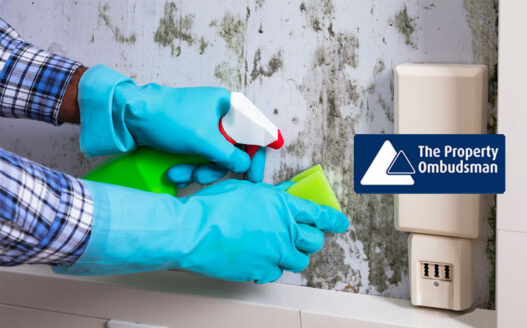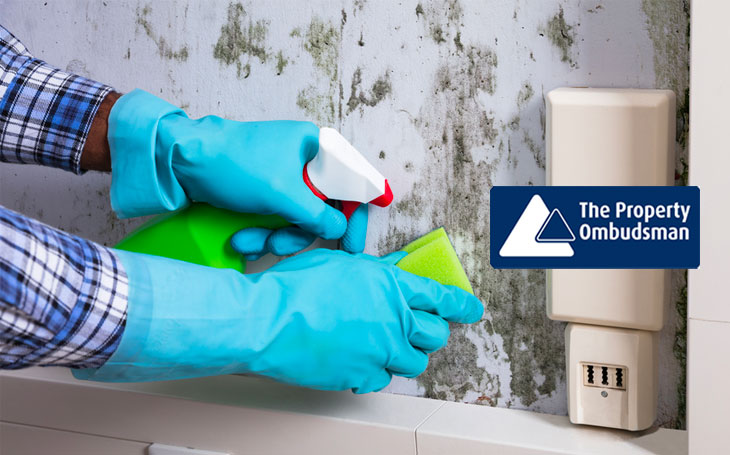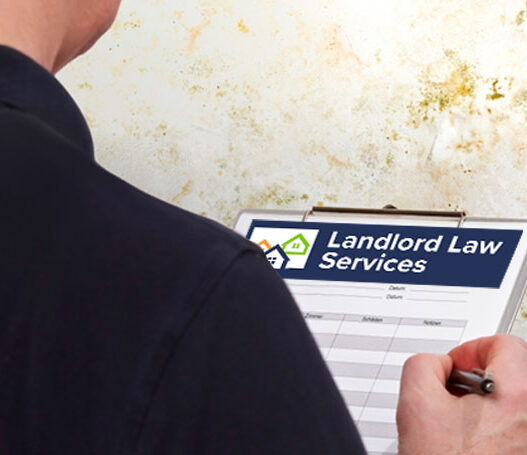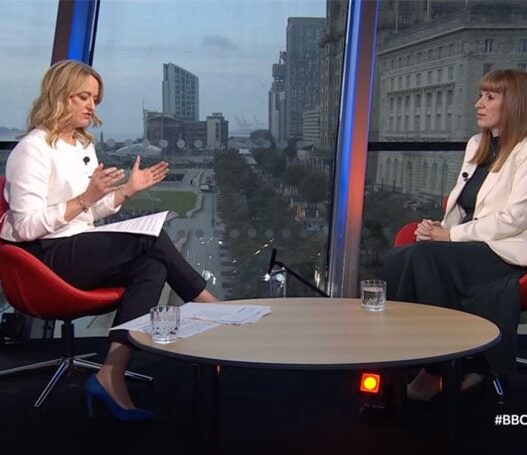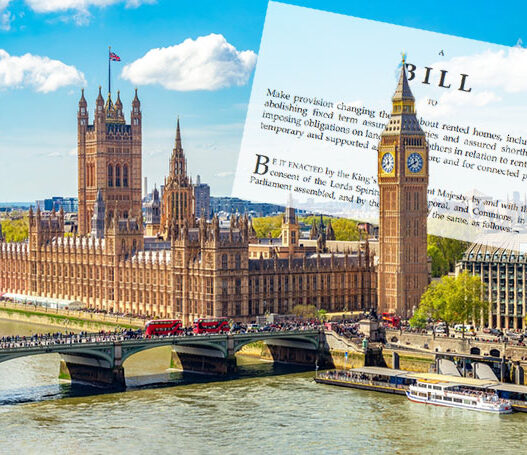With 41% of rented properties having some sort of damp or mould problem and the Awhaab Act set to be extended to the PRS, the Property Ombudsman has provided guidance to help agents, landlords and tenants address the issue.
Misconceptions
A survey of 719 real estate agents revealed just how widespread the problem is and how many misconceptions there are about it.
The survey revealed that the majority of real estate agents recognise the seriousness of damp and mould, but many believe it is linked to tenant behaviour, such as not using ventilation fans while cooking or bathing, or not hanging out laundry, rather than the structure of the building.
However, knowledge levels are a bigger issue for landlords, with 23% of agents claiming that landlords do not take damp and mould issues seriously enough.
To provide clarity on the issue, the Property Ombudsman has produced new guidance for tenants, estate agents and landlords to help them spot the signs of condensation, damp and mould, as well as providing advice on prevention measures and reporting problems.
Our study shows just how complex this issue is.”
Heating and ventilation are some of the key focuses, with the guide recommending opening windows and using extractor fans to prevent damp and mould, as well as wiping away condensation and using anti-fungal products for mould.

Property Ombudsman Rebecca Marsh said: “Our investigation shows just how complex an issue this is. Condensation, damp and mould are interconnected and caused by a range of factors – environmental, structural and behavioural – but one thing is clear: we need to work together with tenants, landlords and agents to prevent this problem from happening.”
The Property Ombudsman Scheme is the largest government-approved redress scheme for the private property sector, with 37,397 members operating from 19,359 offices and branches across the UK.









